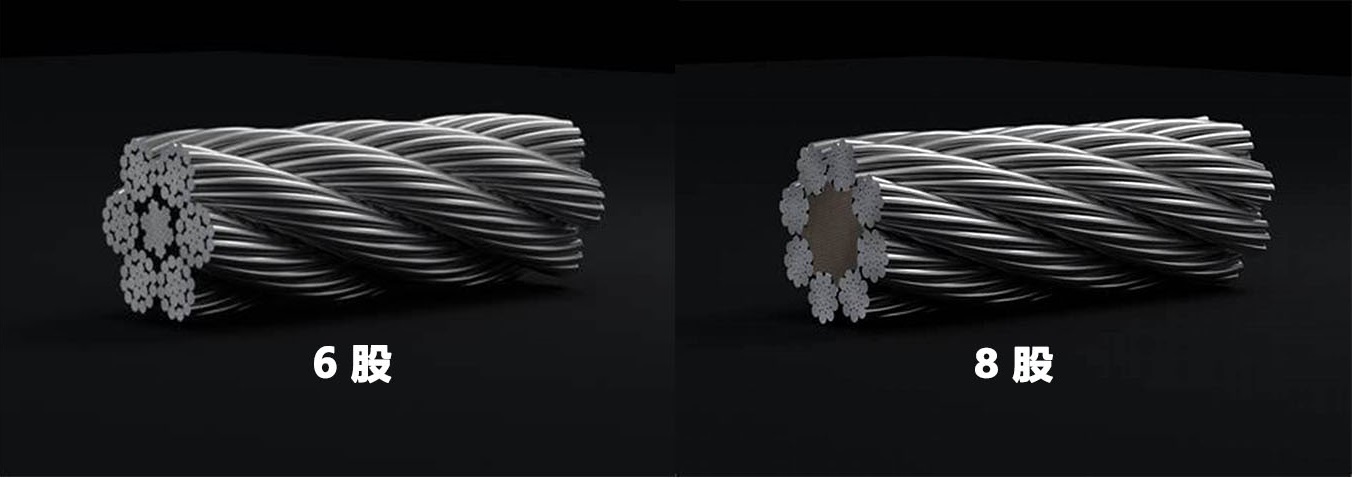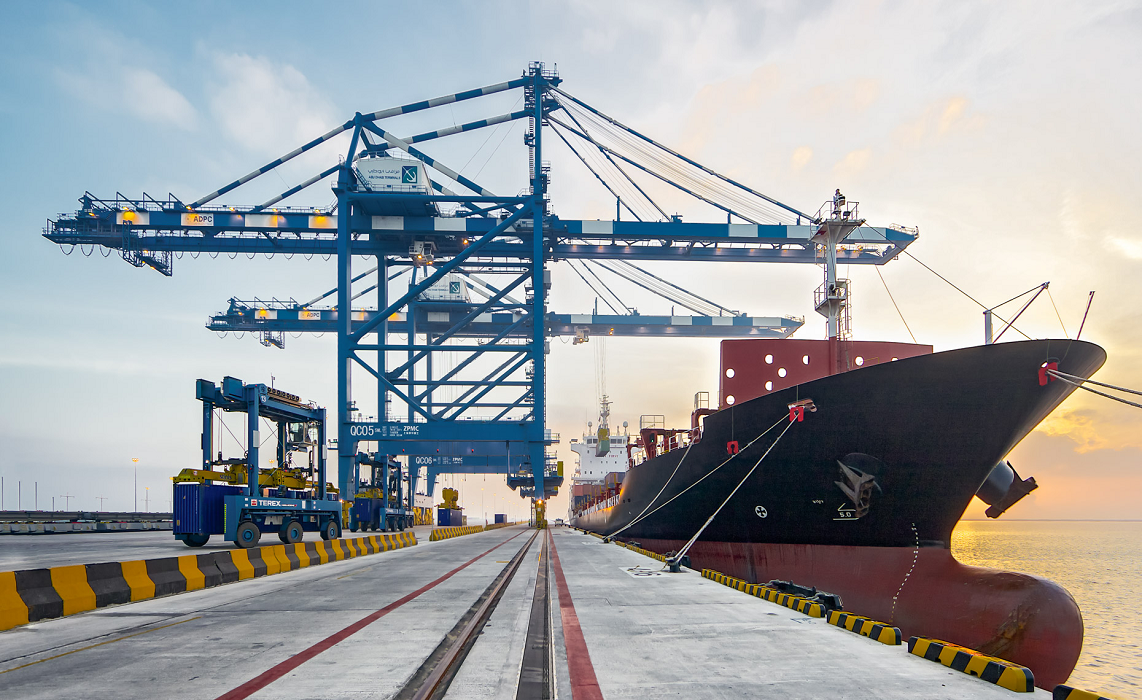Through analysis of the broken wire structure on the outer strand of unloader wire ropes, it is concluded that the formation of martensite in the surface structure of steel wires due to short-term static friction caused by insufficient lubrication between the wire rope and pulley is the root cause of reduced service life. Improving the quality of grease used in the wire rope manufacturing process and increasing the adhesion of surface lubricating grease are important technical measures to improve the service life of wire ropes for this application.

Keywords: unloader; wire rope; lubrication
Unloader wire ropes can be divided into luffing wire ropes, hoisting wire ropes, grab wire ropes, and trolley traction wire ropes according to their application parts. Among them, luffing wire ropes have the longest service cycle, trolley traction wire ropes have the smallest specification, while hoisting wire ropes and grab wire ropes have the largest specification and are replaced most frequently. Generally, hoisting wire ropes and grab wire ropes have consistent structures and specifications. Currently, unloader wire ropes are available in two structures with 6 strands and 8 strands in terms of rope股数 (strand count). According to the structural characteristics of the rope strands, they are divided into parallel捻股 (parallel lay strands) and compacted strands, with some using plastic filling technology. Unloader wire ropes were initially dominated by imported brands such as South Korea's DSR, UK's BRIDON, Germany's CASAR, Japan's TOYAO, and Japan's TESAC, but domestic products now occupy the main share.

Quality instability often occurs in wire ropes supplied for port use, mainly manifested as uneven wear (referred to by users as "uneven wear") and severe corresponding wire breakage. It is common to find serious wear on the outer layer of the outer strands of wire ropes. Microstructural analysis of the steel wires revealed the presence of martensite.
Based on a large amount of wire rope failure data, the formation of martensite in steel wires during use is entirely possible. APIRP9B-2005 Recommended Practices for Wire Ropes and Maintenance in Oil Fields states that friction between wire ropes and external objects can cause excessive heating of the surface of outer steel wires. Since these areas are very small compared to the overall wire area, they are rapidly quenched by the adjacent and underlying cold metal to form martensite. Martensite has very low toughness and will immediately crack under bending stress. Wire ropes made of high-carbon steel wires are most prone to martensite formation. The appearance of martensite on the surface of outer steel wires during use indicates that sufficient frictional heat was generated on the wire surface to raise the temperature of certain areas above the critical temperature range of the steel, followed by rapid cooling of the heated surface by the surrounding cold metal in the wire rope, resulting in effective quenching.
Although data suggests that martensite formation on the surface of unloader wire ropes is indeed possible during use, and this formation is definitely due to high friction on the wire rope, improving the quality of lubricating grease used for unloader wire ropes and increasing the adhesion of surface lubricating grease should be considered to reduce friction.
Using inappropriate oil products can also affect the service life of wire ropes.
Ordinary lubrication methods used in the production of unloader wire ropes - oil showering during strand twisting and rope closing - typically use special surface grease for wire rope production. During use, the lubricating grease tends to drip严重 (severely) from the original wire rope, which is not conducive to clean production. Replacing it with a higher-viscosity grease-based lubricant that emphasizes anti-corrosion protection in daily use can effectively solve the problem of lubricating grease dripping during wire rope use, isolate air humidity and impurities, and significantly reduce friction between the wire rope and matching pulleys, ensuring appropriate service life for the wire rope.

